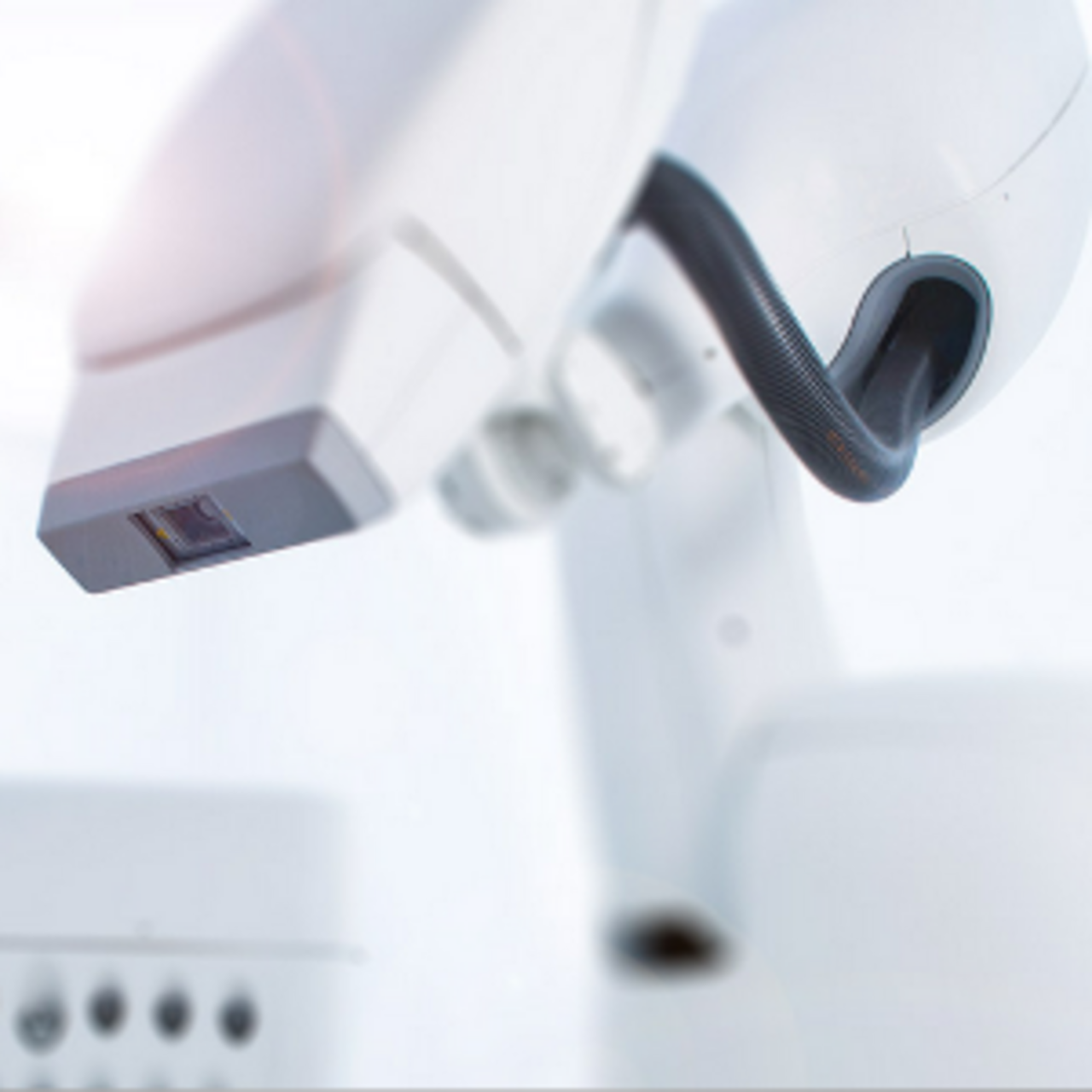Specialists in Bladder Cancer
9 Specialists found
Information About the Field of Bladder Cancer
What is bladder cancer?
Bladder cancer is a malignant tumor of the bladder mucosa. A distinction is made between invasive and non-invasive bladder tumors. There are about 30,000 new cases of bladder cancer in Germany every year, with men being affected twice as often as women. On average, men develop bladder cancer at the age of 72, women at 74.
The function of the Bladder
Our kidneys are extremely well supplied with blood and permanently produce urine. For avoiding continually having to go to the toilet, our body has a kind of urine reservoir, the bladder, which can expand significantly in size and collects the urine until we excrete it at random.
The urine removes excess body water, acids, and bases and water-soluble pollutants from our bodies. The urine reaches the bladder via the two kidneys and ureters and then leaves the bladder (in men initially through the prostate) via the urethra. However, the urine sometimes stays for hours, allowing the pollutants to harm the mucosa of the bladder.
What are the Causes of Bladder Cancer?
As with many cancers, the exact developmental course of bladder cancer is unknown. However, over the years, certain risk factors have been identified.
The most substantial negative influencing factor is tobacco smoke, which causes about 30-70% of bladder tumors. The harmful substances contained in the smoke enter the bloodstream via the lungs and are filtered through the kidneys and excreted with the urine. The carcinogenic pollutants not only lead to an enormously high risk of lung cancer but also not inconsiderable cases of bladder cancer.
Certain chemical substances, so-called aromatic amines, can also cause bladder cancer. Many of these substances have been used in industry and are banned today. Because of a long time until they appear, these variants, which are classified as occupational diseases, can still lead to bladder cancer today.
Even tropical parasites can lead to bladder cancer by triggering bilharzia (a disease caused by parasites). It is also suspected that frequent irritation of the bladder, for example, by catheters, can lead to bladder cancer via chronic cystitis.
Symptoms for Bladder Cancer?
Initially, bladder cancer is associated with uncharacteristic symptoms. These are often misinterpreted as cystitis. These include an increased urge to urinate combined with little urine when passing water (pollakiuria), a disturbed bladder emptying (dysuria) with dribbling, and pain when passing water or unclear pain in the flank area.
A clear warning signal is always blood in the urine (reddish to brownish discoloration) without pain (painful macrohematuria), which should always result in a visit to a urologist, as the chances of recovery are good.
How is Bladder Cancer Diagnosed?
The first consultation with a patient can already lead to the suspicion of bladder cancer. Occupational exposure, smoking, and specific complaints can confirm the suspicion. Various examinations follow urinalysis for blood and cancerous cells, blood levels for kidney function, the excretion urogram in which several x-rays can be taken while urinating with the aid of contrast medium excreted via the kidneys, and ultrasound to show the organs in the abdominal cavity.
A reliable diagnosis is provided by cystoscopy. In this procedure, the urologist inserts an endoscope (thin, flexible tube with a camera in the front) into the bladder and can examine the mucous membrane and take tissue samples with small forceps from suspicious areas.
If it is a more profound (invasive) bladder carcinoma, it can lead to the development of metastases in the body. CT, MRI, and skeletal scintigraphy are used to detect these.
How is Bladder Cancer Treated?
Therapy for non-invasive bladder cancer
In superficial (non-invasive) bladder cancer, the primary treatment is by cystoscopy. The urologist removes the visible tumor with an electrical loop. This procedure is called transurethral resection (TUR) of the bladder.
The removed tissue is examined by the pathologist. If the edges of the incision are tumor-free, the treatment ends here. If they are not, another TUR of the superficial bladder carcinoma takes place within six weeks. 70% of the bladder tumors can be completely removed with this procedure.
If the tumor recurs (the bladder carcinoma tends to recur), an additional chemotherapeutic agent can be initiated for 2 hours as prophylaxis of a relapse into the bladder. Alternatively, a specific substance (BCG) is repeatedly placed into the bladder by immunotherapy to sensitize the body to fight the cancer cells.
Therapy of the invasive bladder carcinoma
If the bladder carcinoma is invasive, either surgery or radiotherapy is carried out. Both can be combined with chemotherapy. It is often possible to preserve the bladder in the last-mentioned one.
Surgical therapy means the removal of the bladder (cystectomy). In this procedure, all other affected organs are removed (lymph nodes, prostate gland, seminal vesicles or uterus, ovaries (Eierstöcke in Deutsch RS Fehler), parts of the vagina). Various procedures are used to replace the bladder, depending on the patient's state of health, age, and wishes.
Intestinal tissue can be used to construct a new bladder (neo-bladder), which is similar to the old one, but also a reservoir, which must be emptied independently via the abdominal wall. The treating urologist will discuss in detail the options that are especially suitable for the patient.
Prognosis and Chances of Recovery from Bladder Cancer
Like any surgery, bladder removal involves risks such as inflammation, bleeding, injury to neighboring organs, or the formation of blood clots.
If the bladder is replaced, it may take a while for the intestinal tissue to adapt to its new function. The patients also need time to get used to handling the urinary diversion until it can be fully integrated into the daily routine.
In men, erection difficulties can occur after removal of the prostate, but these can be easily overcome with various methods of modern medicine.
The most important thing, however, is consistent and regular tumor aftercare. If you have any further questions about the treatment and prognosis of bladder cancer, please contact your treating urologist in confidence.
Sources:
- www.krebshilfe.de/fileadmin/Inhalte/Downloads/PDFs/Blaue_Ratgeber/018_blase.pdf
- www.krebsinformationsdienst.de/tumorarten/harnblasenkrebs/index.php
- www.krebsliga.ch/ueber-krebs/krebsarten/blasenkrebs-krebs-der-harnblase/
- Gasser, Thomas (2009): Basiswissen Urologie. Mit 13 Tabellen. 4., vollst. überarb. Aufl. Heidelberg: Springer (Springer-Lehrbuch).
- Rübben, Herbert (2009): Uroonkologie. Mit 269 Tabellen. 5. vollst. überarb. Aufl. Heidelberg: Springer Medizin Verl.








